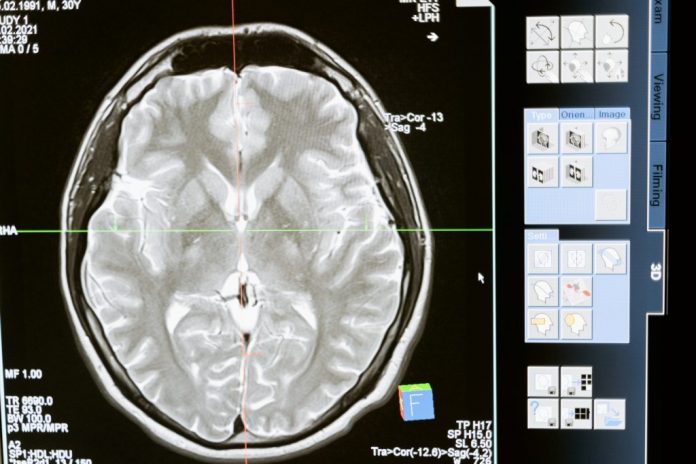One of the biggest reasons behind humans succeeding in standing the test of time has been their curiosity. Yes, our history is loaded with attempts to just survive, but that doesn’t show the whole picture. After we are dealt a severe blow, we like to dissect the cause of it. Notably, this isn’t to stop that thing from happening ever again. Instead, we carry out our inspection, so that we are able to better prepare ourselves, in case the event is repeated at some point. Such willingness to study the depths of something has resulted in the creation of a civilization that is wiser, and hence, much more accomplished. However, despite coming so far, we are not resting on our laurels. The urge to gain more and more knowledge is still there, and it has only gone a notch up ever since we bumped into the concept of technology.
With highly advanced tools at our disposal now, we are able to explore areas that can potentially transform our lives. While this is happening across a much wider gamut, one of its biggest recipients, so far, has been the medical sector. The tech-driven researches have enabled the medical scientists to come up with treatments for diseases that were viewed as something of a death sentence or just generally incurable before. Furthermore, we are also constantly looking to improve these treatments and the methods we used to reach upon them. It’s on the latter front where we have made another breakthrough.
The research team at University of Arizona has finally eliminated a big obstacle associated with optogenetics by introducing a wireless and battery-free light that can shine through the skull. Optogenetics remains as one of the important routes through which scientists can learn more about the brain and the nervous system, but to this date the process of it has been anything but straightforward. The standard optogenetics’ method would make the penetration of skull and brain a requisite, if we are to ensure that the light is correctly placed to activate the neurons. This, as you can imagine, sometimes leads to chronic pain and other difficulties.
The device developed by University of Arizona just needs to be planted under the skin, hence it can serve the same purpose by not necessitating penetration. Currently just an experimental technique, optogenetics has the potential to produce treatments for many neurological diseases.
